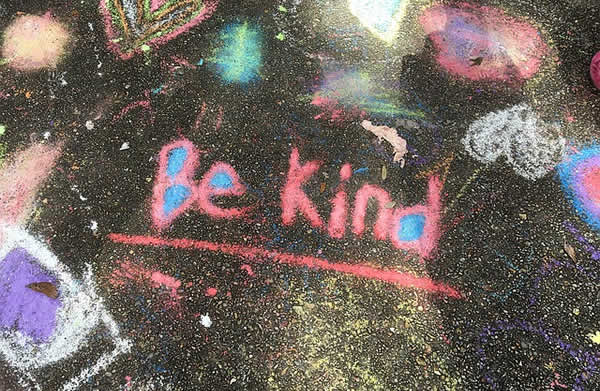This post goes out to all the educators out there. Whether in a formal or non-formal setting, classroom or homeroom, the concepts of kindness are ones we always wish to impart with and for our learners. We know that modeling is the first and foremost way to teach, but what can we be explicit about doing in our classrooms that encourages kindness?
The most impressive and important act of kindness we can do as a teacher is to model it. If we model specific and general kindness, not only do we show the example of how to act, but we build teaching spaces of kindness. It sounds redundant, but what we put in is what we will get out. I often find that choosing kindness at each possible turn will often lead to surprises where students follow our lead to keep the space kind. Some might call this space a safe space, but I would like to consider it a brave space. In a brave space, people (or in our case, students) feel supported to be their best selves, despite the vulnerability they may feel while doing so. An environment that encourages us to be our best will also engender spaces and actions of kindness. Putting our ‘best’ on the line and on display acts as a beacon of light that allows others to follow suit.
More concretely, I think that the biggest gift of kindness we can afford our students is to listen. Not listen knowing what we think they will say, or what we think their motivation is, or diagnosing a problem as they speak. But truly listen and gift them your presence and attention. If we listen, we allow the student to define their experience, their understanding, and their process. This may seem a difficult task when it seems that you are listening to excuses about homework, but when you truly listen, you allow both yourself and the student to go deeper to the root of the real issue.

Along with listening, especially when it is regarding excuses about homework, I believe that kindness can be shown by giving them the benefit of the doubt. We frequently acknowledge that students rise to the expectations afforded them. If we truly give our students the benefit of the doubt. If we don’t assume the word, we are not only being kind, but we are valuing the person in front of us. Granted, there are times that prior experience warns us not to give the student too much free reign. This is also an important part of learning boundaries. Yet, we can make them explicitly aware of the trust we are putting in them and not assuming and giving the benefit of the doubt. We can remind them that we know they are faced with choices that include various outcomes, and we can use previous poor choices as a teachable moment and give them the opportunity to choose a better outcome.
Another important kindness we should afford in the classroom to all students is to ask questions. Asking questions of ourselves to remain critical and constantly improving in our pedagogy is an incredible tool for students to see modeled. Ask questions of our students so they may use their voice, practice speaking for themselves, and share their experiences. When we ask questions, we afford the kindness of acknowledging that we do not pretend to be the all-knowing beings of the universe. We value who they are and what they bring to the educational table. Kindness can include letting someone shine by asking the right questions.
Paying attention was mentioned earlier, and I think it ties together some of the greatest kindnesses that we can share with our students. By paying attention, we are able to be more attentive to respecting an opinion or skill level that we noticed. We are able to treat students as individuals instead of piggy banks to be deposited with our daily lesson. Especially for high school students, noticing if they wear something different can really show that you are invested in paying attention to them. For younger students, noticing how they are feeling can open learning possibilities and allow for a change in mindset in class.
All in all, there are many ways we are kind to our students every day. Staying extra time after school to make sure they are picked up, for example. Some even share and show kindness in generosity. Yet above all of these actions, I believe that the gift of attention, listening, and modeling provide a strong basis for kindness that keeps on giving.

